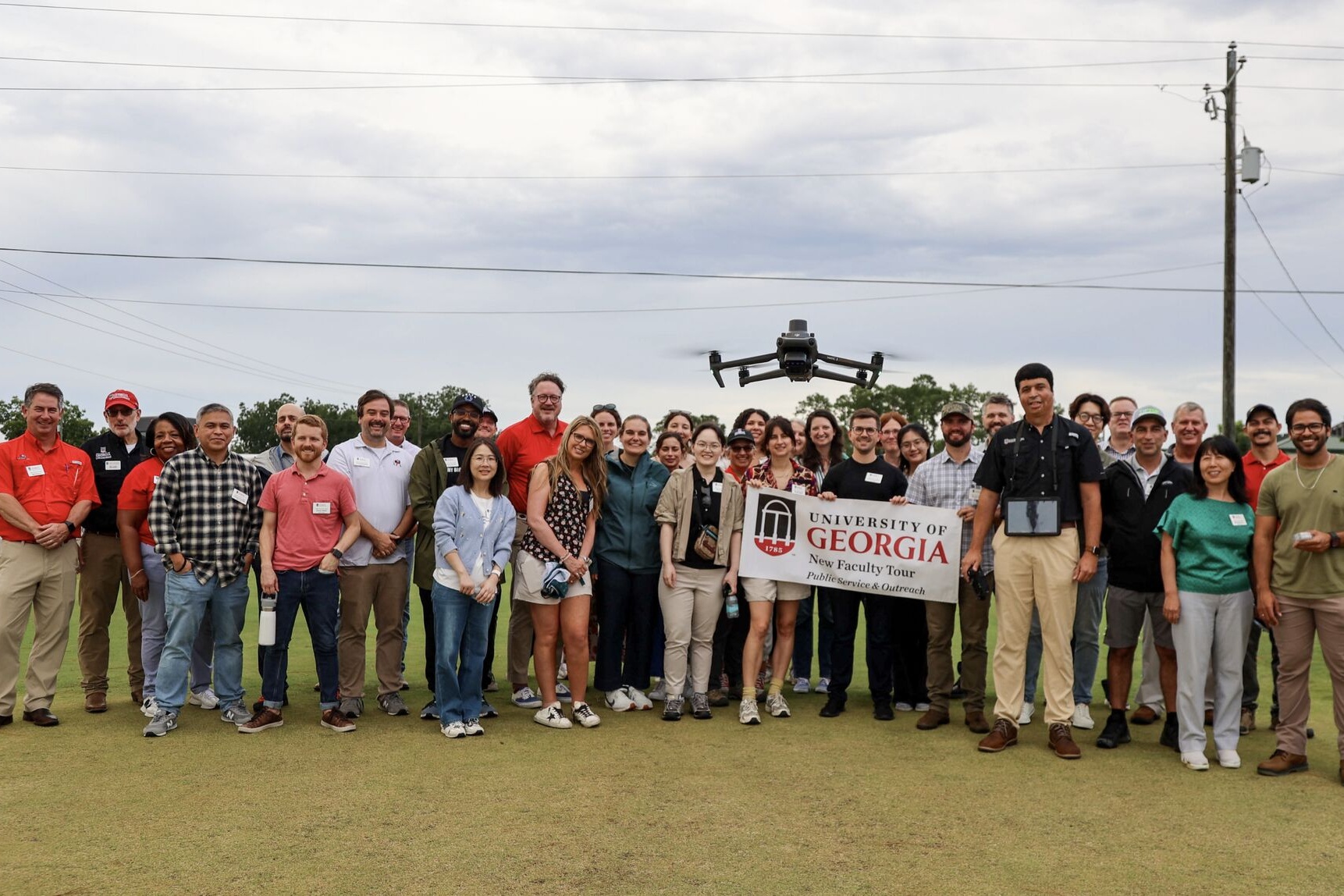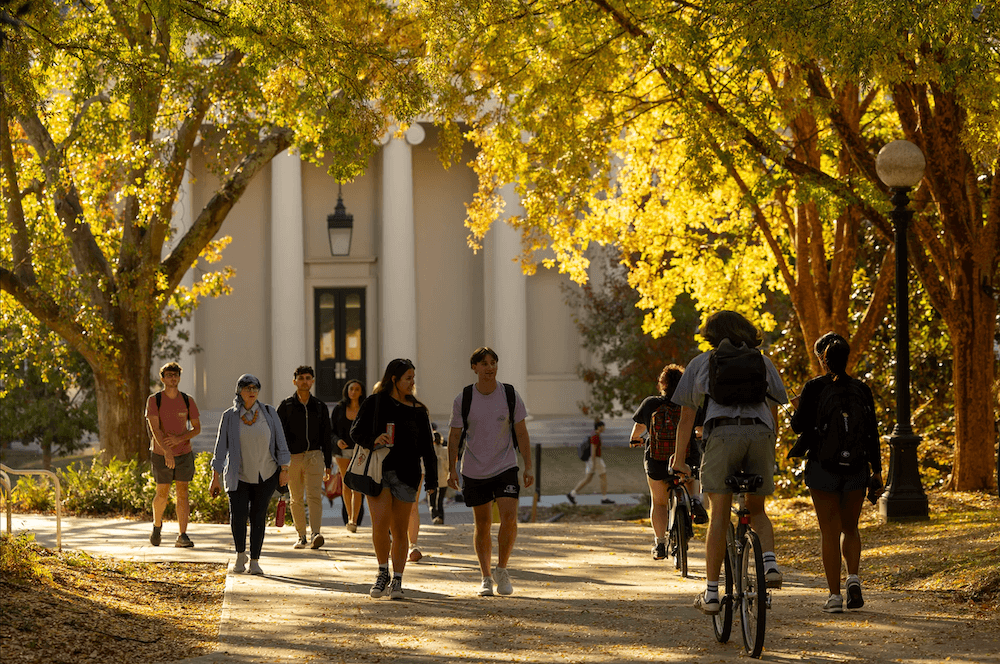By David Emory Stooksbury
University of
Georgia
Athens, Ga. — Compared to recent
winters, the probability of a damaging freeze is higher in early
2004 across most of Georgia. This higher freeze risk is because
of current and expected atmospheric-oceanic patterns.
Atmospheric-oceanic patterns have a major influence on the type
of winter we have in the Southeast. The best known large-scale
atmospheric-oceanic pattern is El Nino. Under the El Nino
pattern, much of Georgia has a wetter-than-normal winter.
The opposite pattern is called La Nina. During a La Nina winter,
much of the Southeast is drier than normal.
Both El Nino and La Nina patterns tend to keep extremely cold air
from making it from Canada into the deep South. Thus, damaging
freezes are less likely during El Nino and La Nina winters.
No protection
This winter, though, the atmospheric-oceanic system is in the
neutral pattern. It’s neither El Nino nor La Nina. During winters
with the neutral pattern, extremely cold air from Canada is
usually able to invade the Southeast.
This extremely cold air can cause significant freeze-related
damage. Between periods of very cold air, the Southeast should
have periods of relatively warm air.
Across extremely south and coastal Georgia, the likelihood of
temperatures below 20 degrees this winter is at least one and
half times greater than we would expect during an El Nino or La
Nina winter.
Across much of Georgia, the probability of temperatures below 14
degrees is at least one and half times greater than we would
expect during an El Nino on La Nina winter. Temperatures around
14 and below can cause extreme damage to Georgia winter crops,
especially onions.
Maps and detailed expectations concerning the extreme freeze
probabilities may be found on the Web at www.coaps.fsu.edu/climate_center/frz04.html.
The extreme freeze probability analysis and maps were produced by
the Southeast Climate Consortium. The consortium is an outreach
and research cooperative between the University of Georgia,
Florida State University, University of Florida, University of
Miami and the University of Alabama at Huntsville.
(David Emory Stooksbury is the State Climatologist of Georgia and
a professor of engineering and atmospheric sciences in the
University of Georgia College of Agricultural and Environmental
Sciences.)



